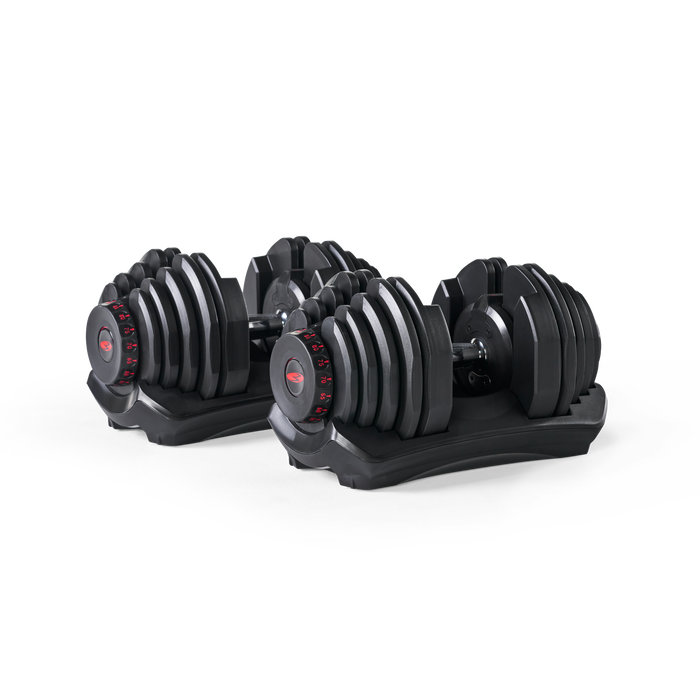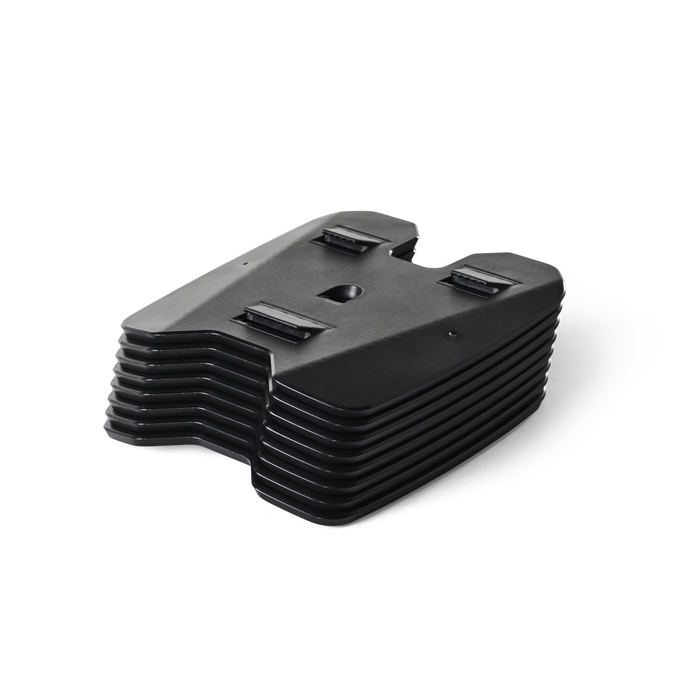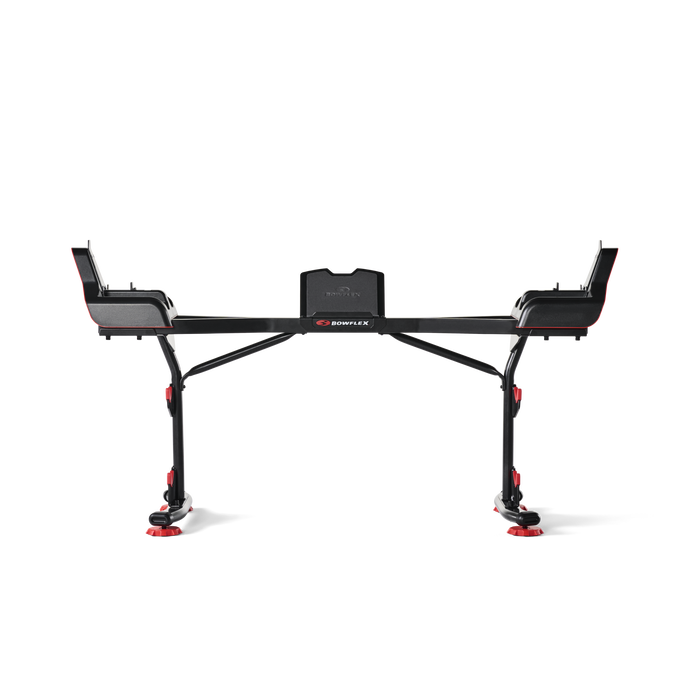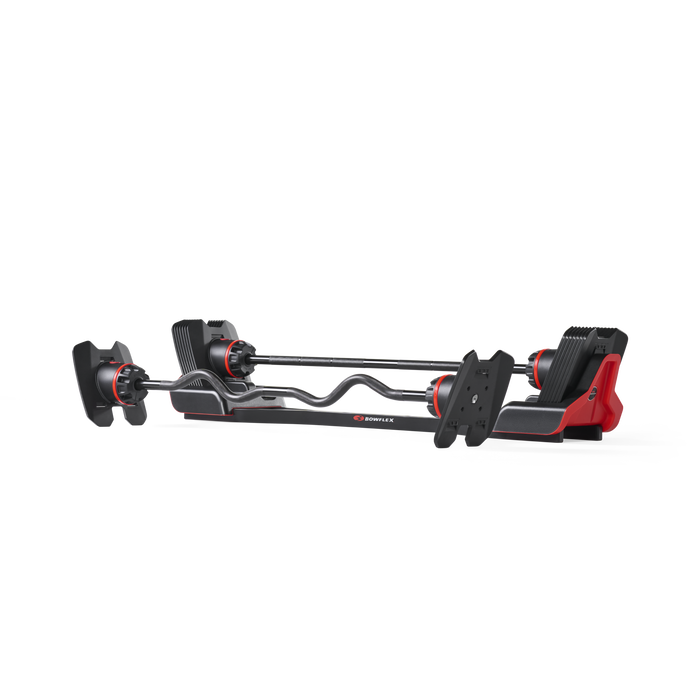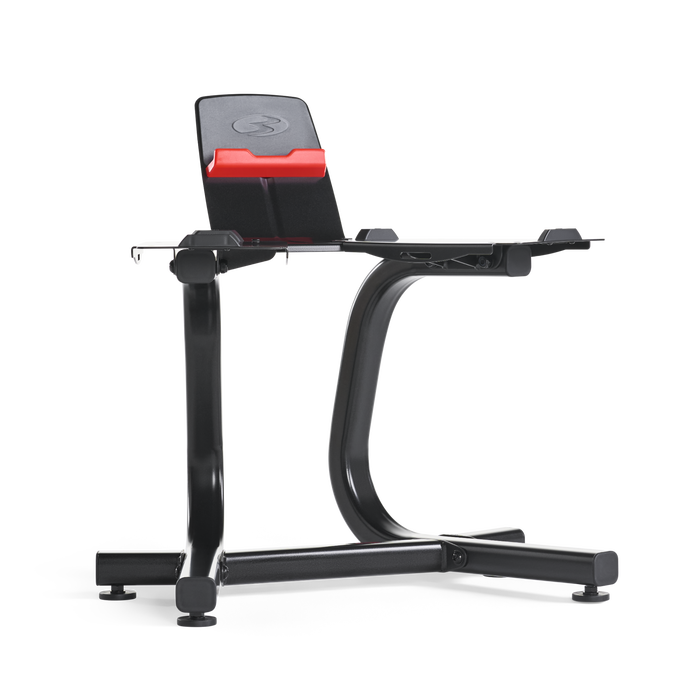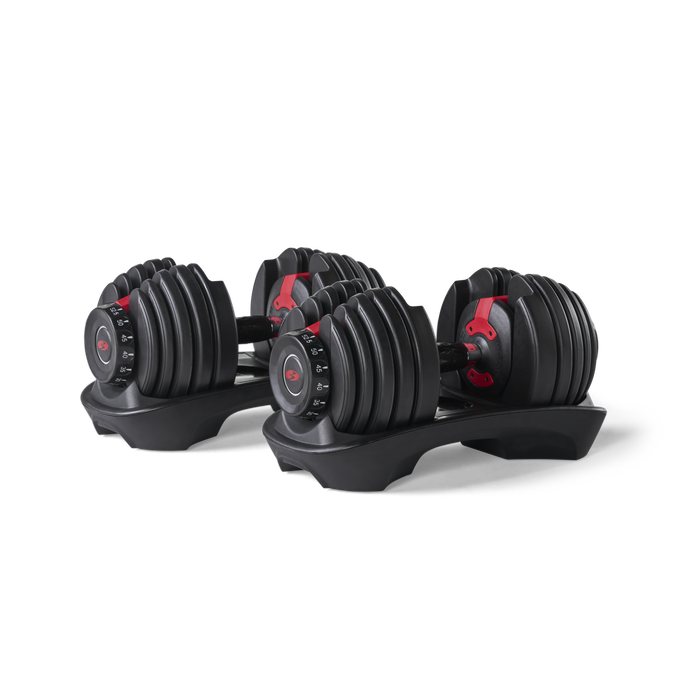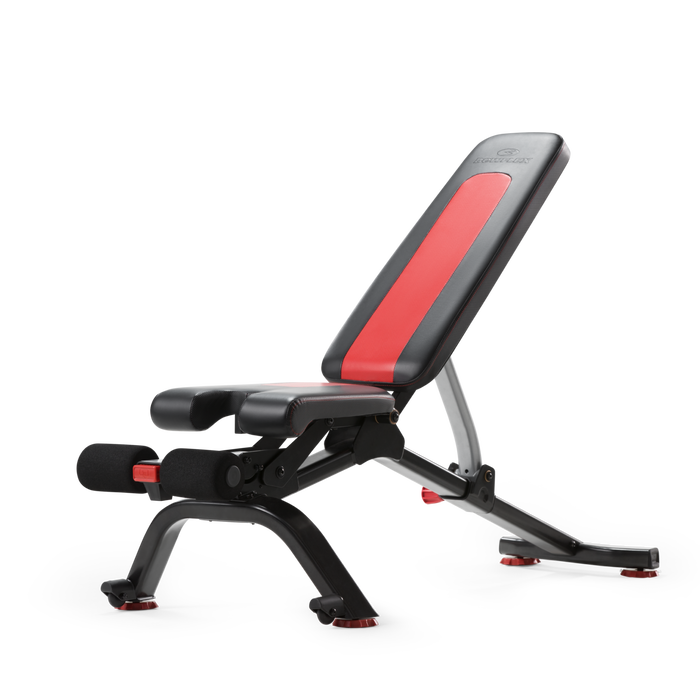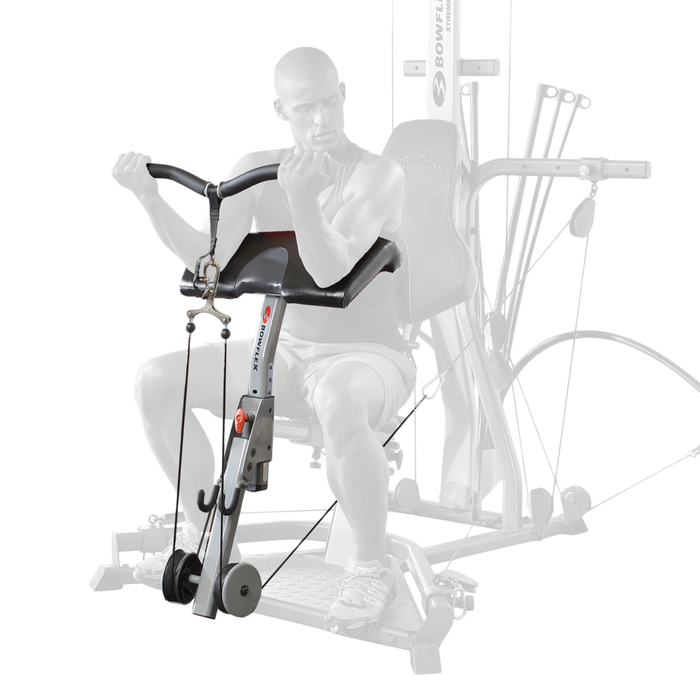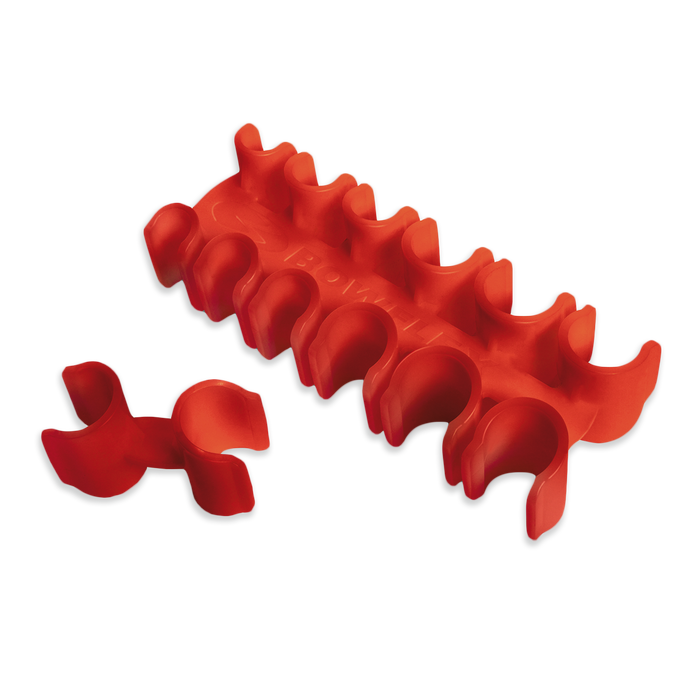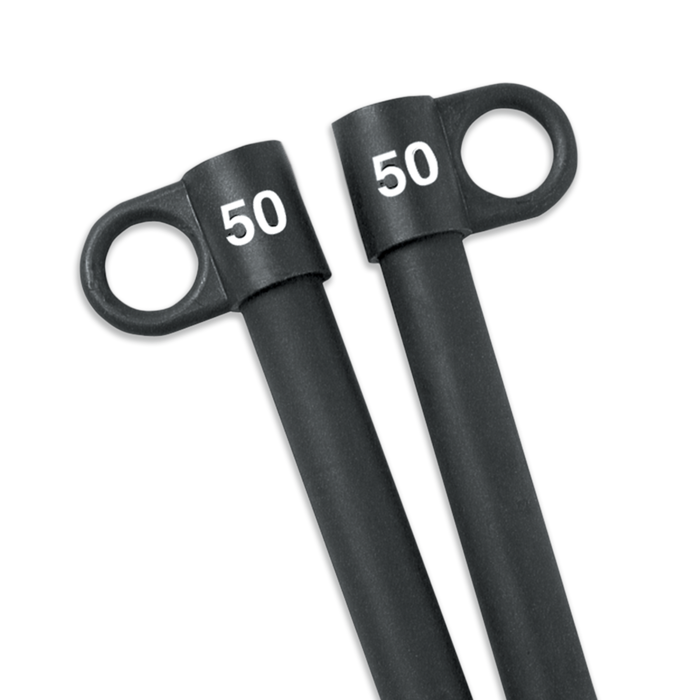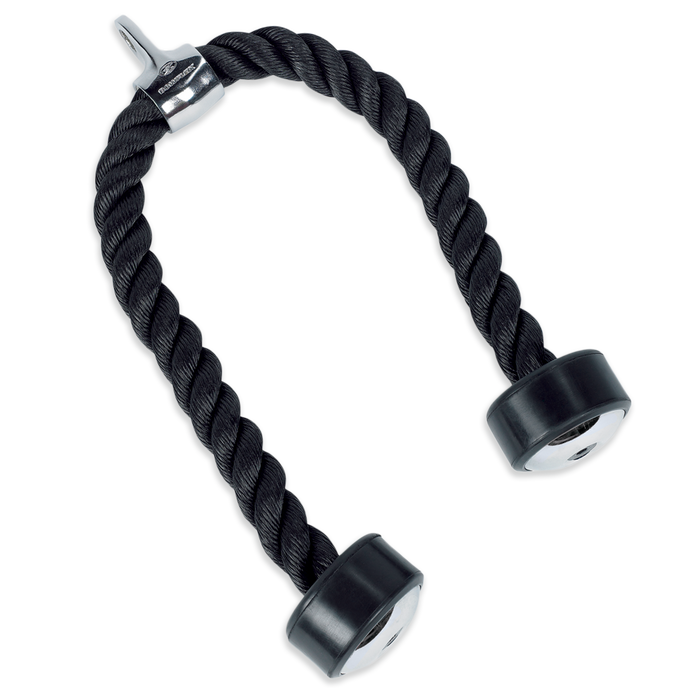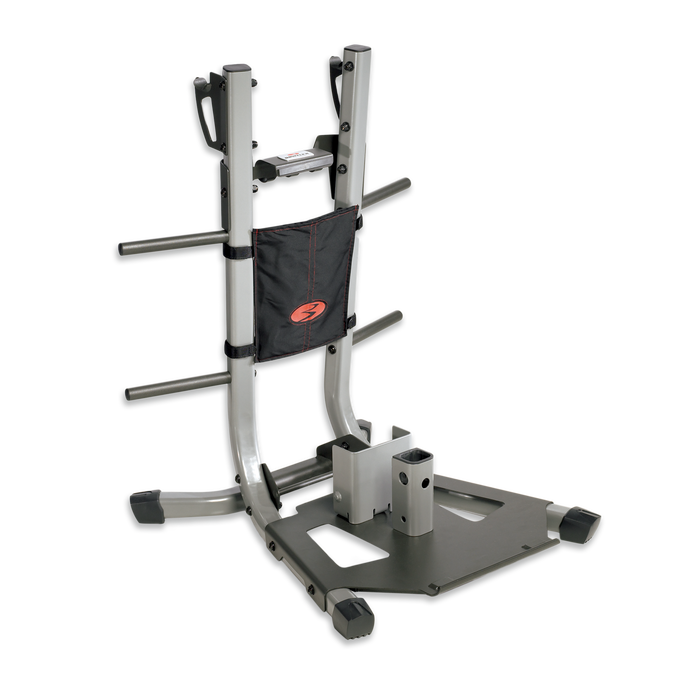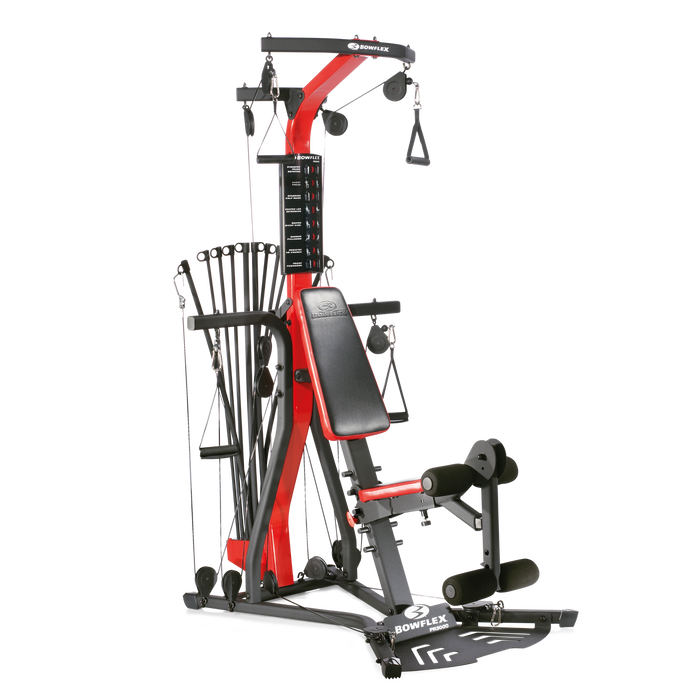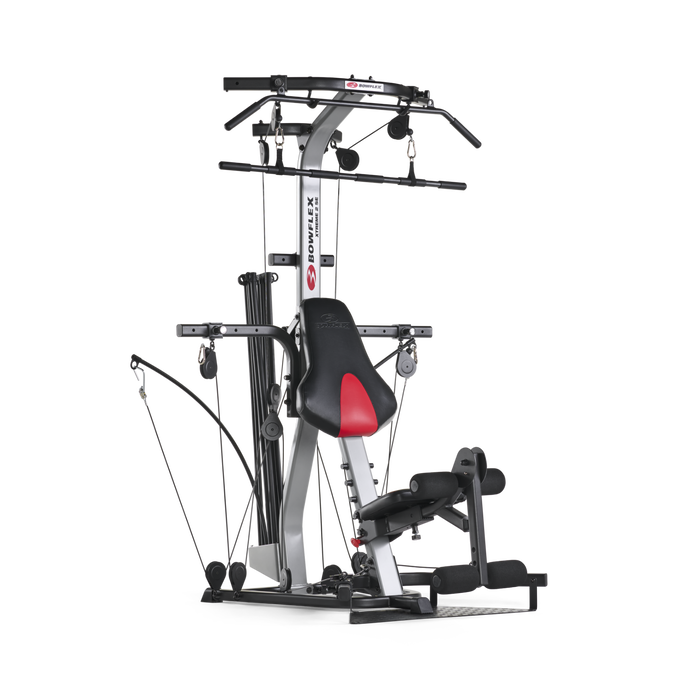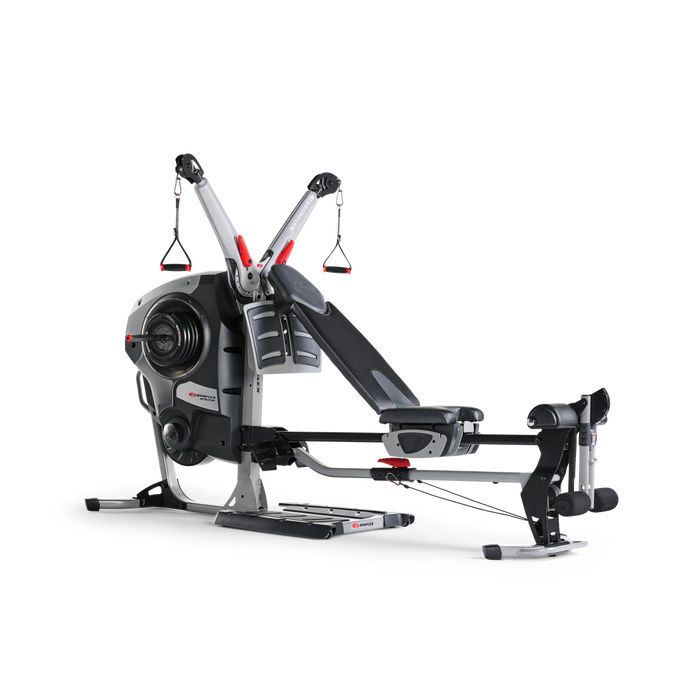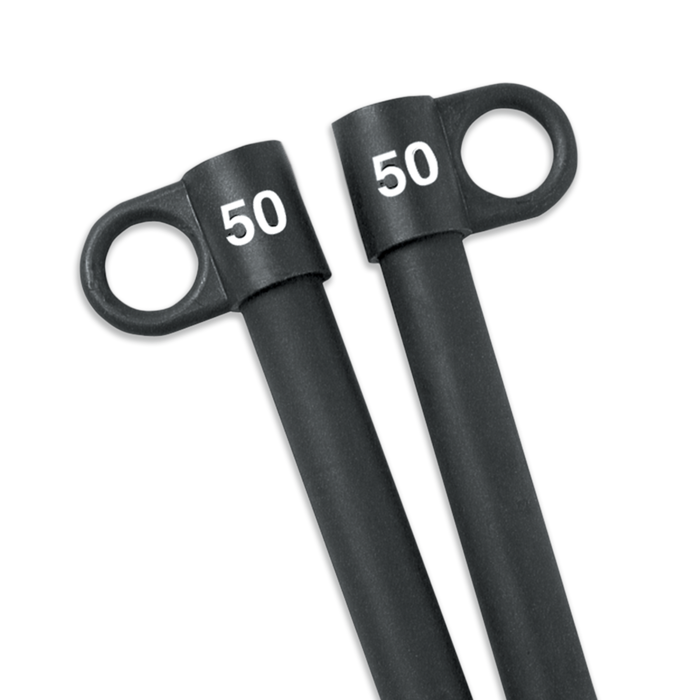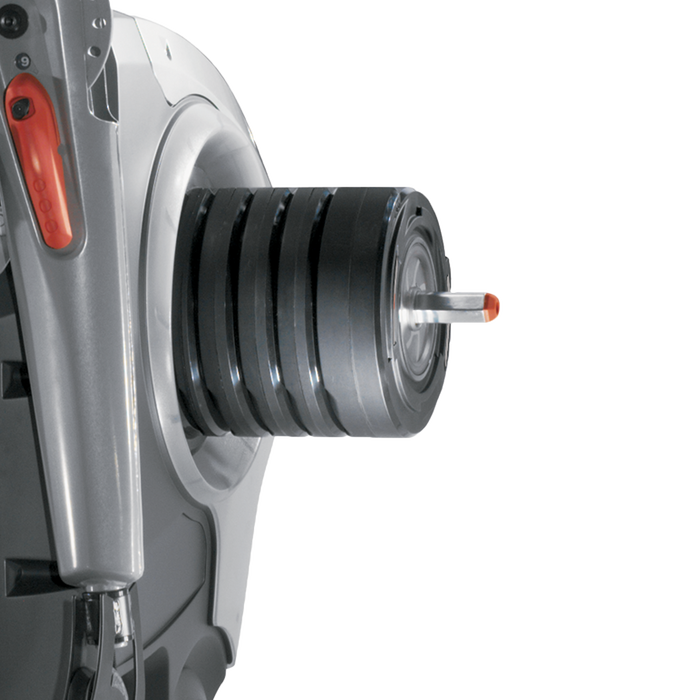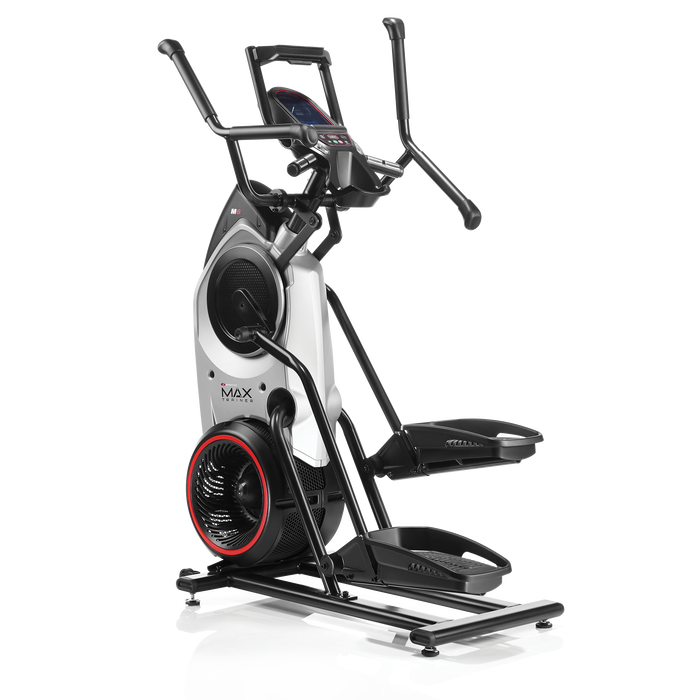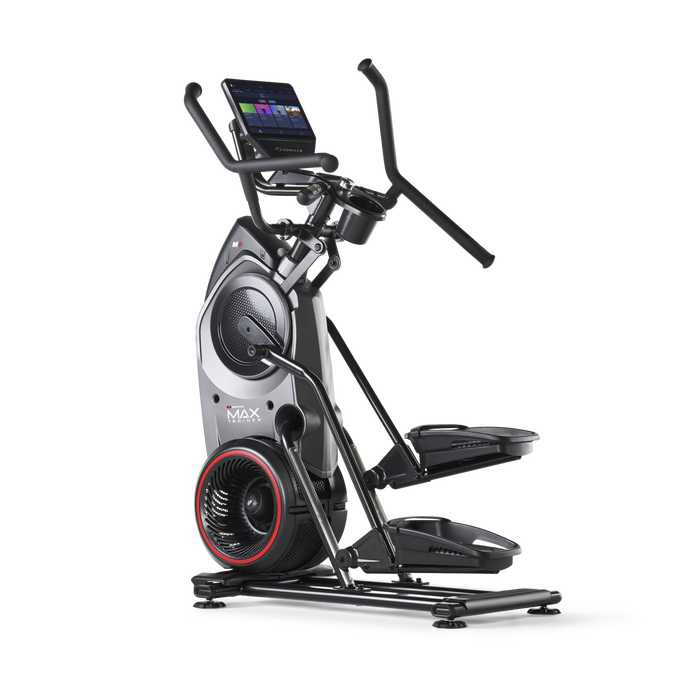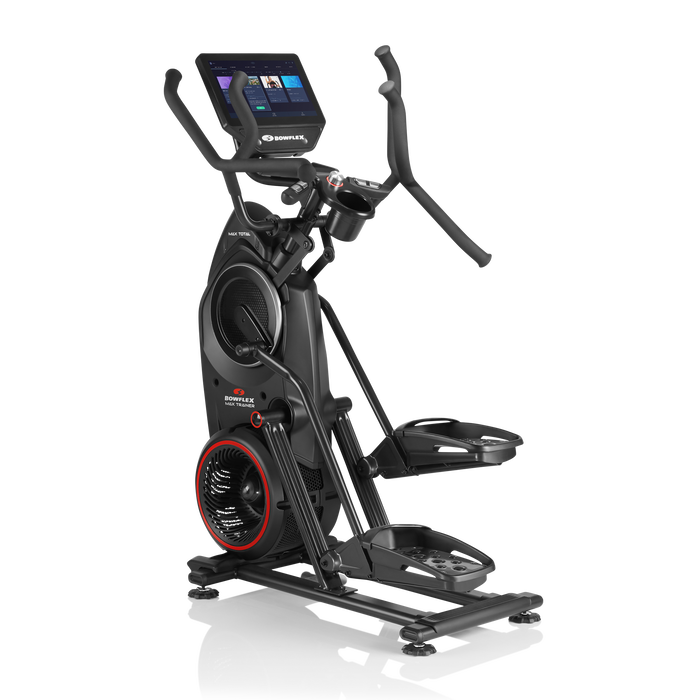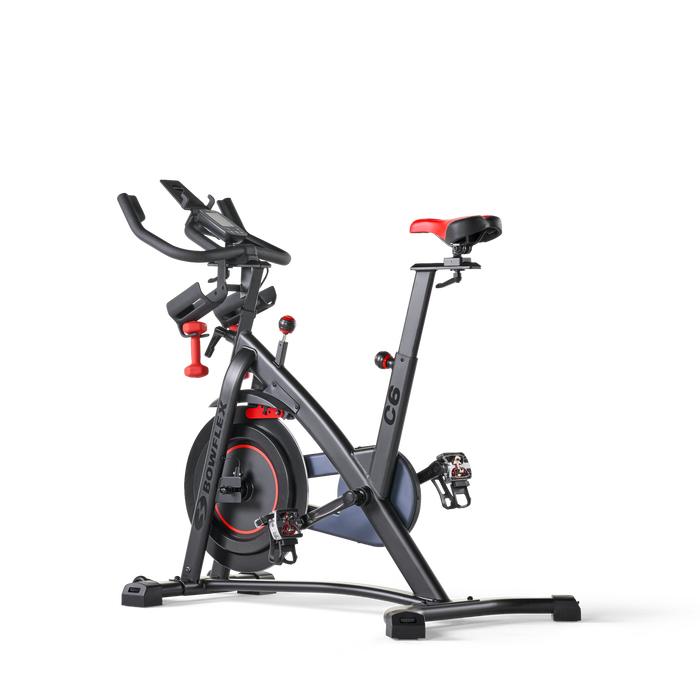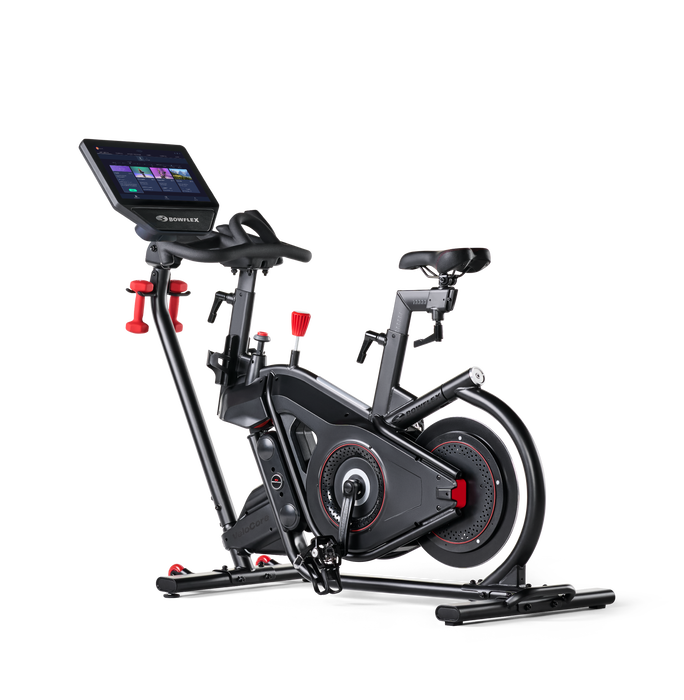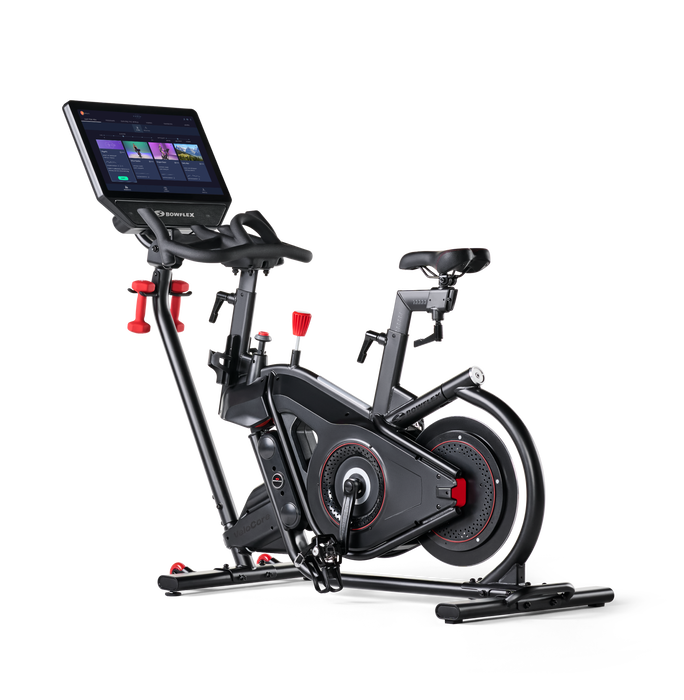Why Lateral Training Matters

When it comes to exercise, especially cardiovascular exercise, you tend to move in two directions: Front to back, like on the treadmill or elliptical, or up and down, like on the step machines. This type of movement burns calories, strengthens your heart, and has numerous other benefits as well.
Life is three-dimensional, however. If you want to build your best body possible, you need to train the way you move, both in life as well as in sports. This means you need to not only train front to back and up and down, but side to side as well.
You need to train laterally.
Lateral training is essential to a well-balanced body, yet it is often overlooked in traditional exercise programs. You are constantly moving side to side in your activities of daily living, in recreational sports like tennis, basketball, soccer, squash and paddle tennis, yet specific attention to these movements are rare.
That needs to change.
Injuries can occur when you ask your body to perform a movement, often quickly, and muscular weaknesses and imbalances are present. “Weekend-warriors,” people who engage in recreational sports on the weekends, are especially prone to sprains and strains because they fail to train the way they move. Once again, the movement often overlooked is the lateral training.
It’s an unfortunate fact of fitness: People tend to engage in lateral training only after they have suffered an injury, preforming these movements in a rehabilitation setting. The goal should be to utilize lateral training in a “prehab” manner, strengthening your weak links before they cause problems. Doing so will help maximize your ability to perform your daily activities, as well as enjoy your favorite recreational sports.
Exercise isn’t just about weight-loss. It’s about building your best body so that you can enjoy life as fully as possible.
There are numerous lateral body-weight exercises that you can do right at home. Here are three to get you started:
- Stationary Side Lunges
Stand with feet shoulder width apart. Step sideways to you right, squat down, then return to starting position. Repeat to the left side. Do 1-3 sets of 10-15 repetitions.
- Lateral Walking Lunges
Add in additional movement, walking 10-15 steps to one side, then 10-15 steps to the other side. Do 1-3 sets.
- Skaters
A little more advanced movement - Jump laterally to your right and land on your right foot, then laterally to your left landing on your left foot, continuing back-and-forth. Do 1-3 sets of 10-60 seconds each.

